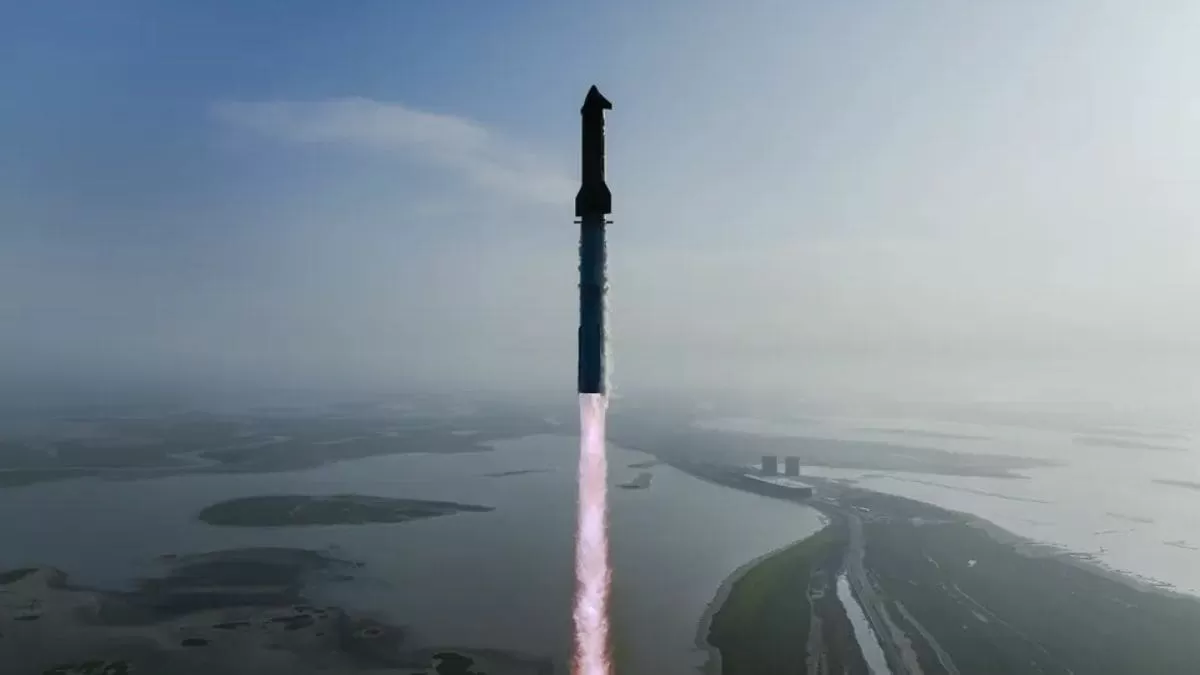SpaceX, the pioneering private space company founded by Elon Musk, has once again made history with its latest announcement. On August 7, 2025, the company revealed that it has signed a groundbreaking agreement with the Italian Space Agency (ASI) to deliver Italian science experiments to Mars aboard its Starship rocket.
This partnership marks a significant milestone for both SpaceX and ASI, as it will be the first time that Italian experiments will be sent to the Red Planet. The mission, which is set to launch in 2027, will carry a plant-growth module, a meteorological station, and a radiation detector to collect crucial data during the six-month journey and on the Martian surface.
The announcement has been met with great excitement and anticipation from the scientific community. The inclusion of these experiments on the Starship mission to Mars will provide valuable insights and data that will aid in our understanding of the planet and its potential for sustaining life.
One of the experiments that will be onboard the Starship is the plant-growth module. This module, developed by ASI, will aim to study the effects of Martian soil and atmosphere on plant growth. This is a crucial step in understanding the potential for sustainable agriculture on Mars, which could be vital for future human missions to the planet.
The meteorological station, also developed by ASI, will collect data on the Martian weather patterns, including temperature, pressure, and wind speeds. This information will be crucial in understanding the climate of Mars and its potential for supporting human life.
The third experiment, a radiation detector, will be used to measure the levels of radiation on the journey to Mars and on the planet’s surface. This data will be crucial in determining the safety of future human missions to Mars and developing technologies to protect astronauts from harmful radiation.
The Starship mission to Mars is not only significant for the scientific community but also for the partnership between SpaceX and ASI. This agreement is a testament to the growing collaboration between private and government agencies in the pursuit of space exploration.
SpaceX has been at the forefront of space innovation, with its reusable rockets and ambitious plans for human missions to Mars. This partnership with ASI further solidifies the company’s commitment to pushing the boundaries of space exploration and making it more accessible to the public.
The Starship rocket, which is currently in development, is set to be the most powerful rocket ever built, capable of carrying humans and cargo to the Moon, Mars, and beyond. Its ability to be reused multiple times will significantly reduce the cost of space travel, making it more feasible for future missions.
The partnership with ASI is not the first collaboration between SpaceX and a government agency. The company has previously worked with NASA on multiple missions, including resupplying the International Space Station and developing the Crew Dragon spacecraft for human spaceflight.
The CEO of SpaceX, Elon Musk, expressed his excitement about the partnership, stating, “We are thrilled to be working with ASI on this mission to Mars. This collaboration is a testament to the growing international interest in space exploration and the potential for scientific discoveries on other planets.”
The CEO of ASI, Roberto Battiston, also shared his enthusiasm, saying, “This partnership with SpaceX is a significant step for ASI in our mission to expand our knowledge of the universe. We are confident that the experiments onboard the Starship will provide valuable data and contribute to the advancement of space exploration.”
The Starship mission to Mars is not only a significant achievement for SpaceX and ASI but also for the entire scientific community. It is a testament to the power of collaboration and the potential for groundbreaking discoveries when private and government agencies work together towards a common goal.
As we look towards the future of space exploration, this partnership between SpaceX and ASI serves as a shining example of what can be achieved when we push the boundaries of innovation and work towards a common vision. The Starship mission to Mars is a giant leap towards unlocking the mysteries of the Red Planet and paving the way for future human missions.

